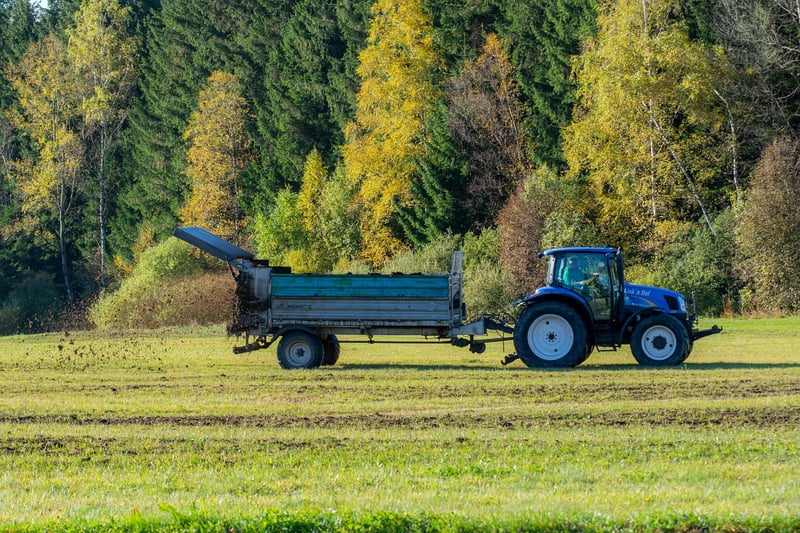Fertilizing Guide
Essential Plant Care Advice + Fertilizing Guide
Introduction to Plant Care
Plants not only add beauty to our surroundings but also contribute to our well-being. Proper plant care is essential to ensure their health and longevity. Whether you're a seasoned plant parent or just starting your green journey, these essential plant care tips and fertilizing guide will help you keep your plants thriving.
1. Light and Water
Understanding your plant's light and water requirements is crucial. Some plants thrive in bright, indirect light, while others prefer low light conditions. Similarly, overwatering can be as harmful as underwatering. Research your plant's specific needs and create a watering schedule accordingly.
2. Soil and Drainage
Well-draining soil is key to prevent root rot and other issues. Use a quality potting mix suitable for your plant type. Ensure your pots have drainage holes to allow excess water to escape, preventing waterlogging.
3. Fertilizing Guide
While soil provides essential nutrients, fertilizing can supplement and boost plant growth. Choose a balanced fertilizer with equal parts nitrogen, phosphorus, and potassium (N-P-K) for most houseplants. Follow the instructions on the label for the right dosage and frequency.
4. Timing and Frequency
During the growing season (spring and summer), fertilize your plants every 2-4 weeks. Reduce or stop fertilizing in fall and winter when most plants go dormant. Always water your plants before fertilizing to prevent root burn.
5. Signs of Overfertilizing
Overfertilizing can harm your plants. Watch out for signs like leaf burn, stunted growth, or yellowing leaves. If you notice any of these symptoms, flush the soil with water to remove excess salts and adjust your fertilizing regimen.
Conclusion
By following these essential plant care tips and fertilizing guide, you can create a thriving environment for your green companions. Remember, each plant is unique, so observe and adjust your care routine based on their individual needs. Happy planting!

